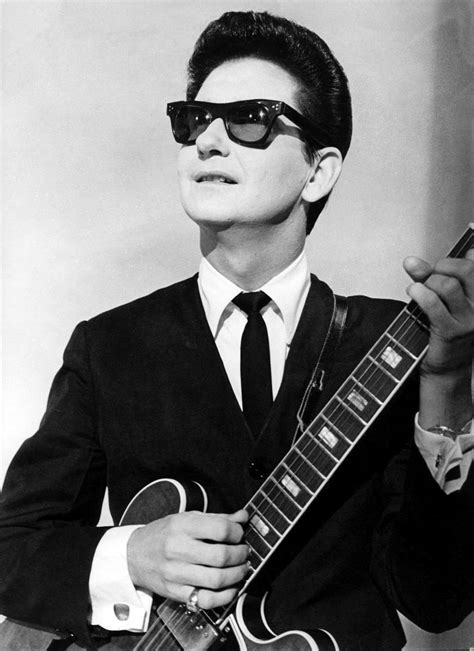By BEN SISARIO, New York Times FEB. 20, 2016
From left, Howard Stern with James E. Meyer, SiriusXM’s chief executive, and Scott Greenstein, its president. Credit Chad Batka for The New York Times
.
On the 36th floor of a Midtown Manhattan skyscraper, the actors Ice Cube and Kevin Hart joshed with fans inside a glass-walled radio studio one afternoon last month. They were in the broadcast headquarters of SiriusXM, and across the lobby, near Howard Stern’s dedicated wing, Brooke Shields posed for selfies with three “Sesame Street” puppets, while Senator Rand Paul — at that point, still a candidate for president — hovered with a small entourage. Overhead, a screen announced the imminent arrival of the thrash-metal band Anthrax.
By any measure, it was an odd cross section of pop culture. Surveying the scene, Scott Greenstein, SiriusXM’s chief content officer, smiled and declared, “This is how I like it — just this diverse.”
At SiriusXM, the satellite-radio network, executives use terms like “mosaic,” “bundle” and, inevitably, “curated” to describe the company’s mix of programming. With more than 175 channels, SiriusXM has much more variety than typical AM/FM radio but a small fraction of the ads. It has channels dedicated to the Grateful Dead and the Metropolitan Opera; five feeds of thumping electronic dance music; every pro baseball, football and basketball game; and, of course, Mr. Stern’s blend of raunchy humor and celebrity interviews. Around the Super Bowl, it had 162 hours of live programming related to the game that ran across 22 shows on 10 channels.

From left, Sway Calloway, Young Thug and Heather B recording at SiriusXM Satellite Radio studios in New York. Apps are threatening the company’s lock on in-car audio entertainment. Credit Chad Batka for The New York Times
.
Once flirting with bankruptcy, SiriusXM has quietly become a financial powerhouse at a time when other radio and digital music outlets are struggling to make a profit, and also as the behavior of so-called cord cutters — who cancel their cable TV subscriptions to pick and choose their entertainment online (and to save money) — has made Wall Street nervous about the future of bundled media. SiriusXM last year earned $510 million on $4.6 billion in revenue, and renewed major deals with Mr. Stern and the National Football League.
“This has been a remarkable success story against huge odds,” said Barton Crockett, a media analyst with FBR Capital Markets. “Most of the investing public thought there was no way this would work, spending huge amounts of capital to launch satellites and put equipment in cars. But they were right. This is a great business.”
SiriusXM has hit on the formula for getting people — nearly 30 million of them — to pay for radio, a form of media that has always been free. But while the company likes to emphasize the awesomeness of its audio “mosaics,” there is another, more mundane, explanation for its success: cars.
SiriusXM pays about $1 billion a year in subsidies and revenue splits to automakers, and according to the company, 75 percent of all new vehicles sold in the United States come with satellite radio installed. (It works with every major carmaker.) Of the 29.6 million subscribers to SiriusXM at the end of last year, 24.2 million paid the $11 to $20 monthly fee themselves, with the rest covered through promotions by car companies.
READ THE REST OF THIS STORY HERE AT THE NEW YORK TIMES WEBSITE








